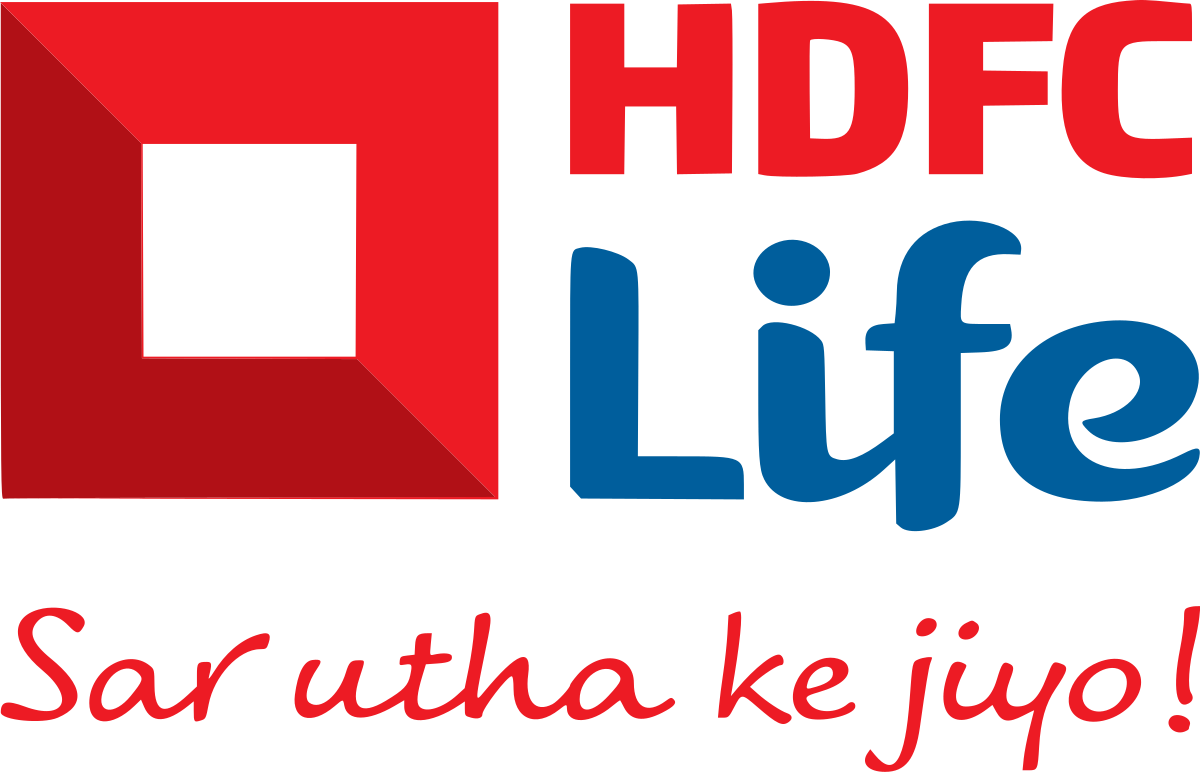The RBI Has Granted HDFC Bank Permission To Increase Its Shareholding In HDFC Life And ERGO To More Over 50%.
In addition, for the first year, the central bank has permitted HDFC Bank to compute adjusted net bank credit using one-third of HDFC Limited's outstanding loans as of the merger's effective date.

HDFC Bank stated that RBI had permitted HDFC Bank or HDFC Ltd to expand its stake in HDFC Life Insurance and HDFC ERGO General Insurance to more than 50% before the merger’s effective date.
HDFC Bank’s interests include subsidiaries and associates of HDFC Limited, according to the bank.
According to the filing, this is one of the explanations supplied by the RBI for the merger of HDFC and HDFC Ltd. In addition, for the first year, the central bank has permitted HDFC Bank to compute adjusted net bank credit using one-third of HDFC Limited’s outstanding loans as of the merger’s effective date. Furthermore, the remaining two-thirds of HDFC Limited’s portfolio can be examined equally over the following two years, according to the bank.

But what effect will this have on the amalgamated company?
According to RBI standards, PSL should account for 40% of a bank’s entire loan portfolio. Agriculture should receive 18% of the remaining 40%. Given that the RBI has permitted HDFC Bank to stretch the PSL responsibility over three years, analysts believe this is a beneficial step for the bank since it will have more time to make efforts on the portfolio and divide it over three years.
HDFC Bank will have about three years to fully comply with these standards. This is advantageous for the bank since it can spread its loan portfolio over three years, according to Aditya Shah, a financial and banking specialist. According to experts, because meeting the PSL criteria would take time, there may be a minor profit increase. Assuming PSL requirements are implemented only in fiscal year (FY) 2024-25, PSL costs would fall from INR 20 billion to INR 5 billion, implying a 2% increase in core profit after tax (PAT), said the banking analyst.
Increasing ownership of a subsidiary.
In its recommendations for non-banking financial firms (NBFC) and housing finance companies (HFC) for 2021, the central bank stated that an HFC parent company could not own more than 50% of HDFC Life. The maximum equity contribution such an HFC parent company can hold in the Life Insurance Company will normally be 50 per cent of the paid-up capital, the RBI stated in the guidelines. HDFC Ltd owns 48.65% of HDFC Life, its life insurance business, as of March 2023.
In September 2020, the parent business maintained a 50.14 per cent share in HDFC Life. Following the implementation of RBI restrictions, it began lowering its shareholding in HDFC Life from 49.88 per cent in December 2021 to 48.65 per cent in March 2023.

According to experts, the combined business would now have practically all subsidiaries within itself, in accordance with the RBI’s authorisation for higher ownership in its subsidiaries. It is possible that the parent company’s share in HDFC Life may rise to 51 per cent. According to the bank analyst, this might reduce the stock price by Rs 3-4 on its current trading price of roughly Rs1925.
HDFC Bank has the option to raise its interest in HDFC Credila. It will own all of its subsidiaries, precisely like its closest private sector competitor, ICICI Bank. The subsidiaries’ hangover is lifted. The uncertainty of the merger contributed significantly to HDFC Life’s de-rating. This is no longer the case. The regulator further stated that HDFC Bank must continue to meet the existing CRR, SLR, and LCR criteria as of the Effective Date, with no exceptions.

For some time, the merger of HDFC and HDFC Bank has been in the headlines. In truth, Deepak Parekh, the chairman of the country’s largest mortgage company, stated in 2015 that his company would contemplate a merger with HDFC Bank if the circumstances were favourable.




